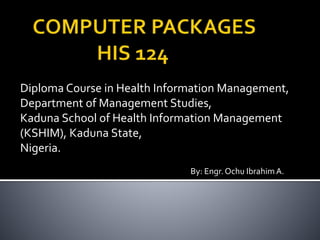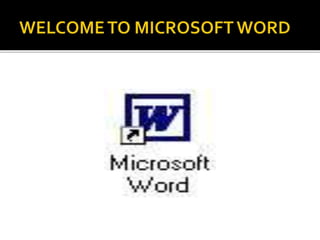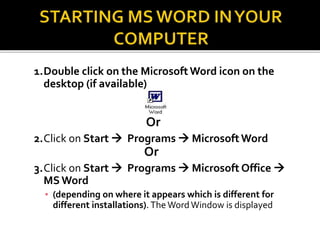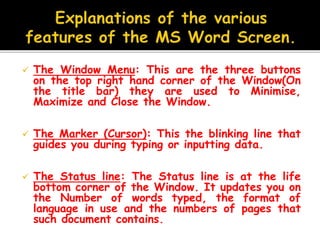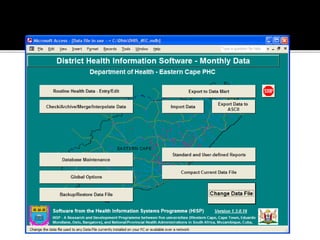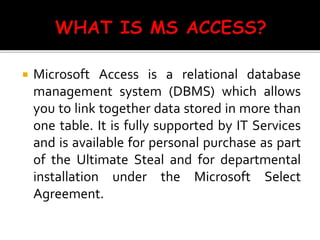This document provides information about navigating Microsoft Access. It defines what a database is and notes that Microsoft Access is a relational database management system. It lists some key considerations for designing a database such as what information needs to be stored and retrieved, who the data is for, and access restrictions. It also outlines some basic steps for opening and closing an Access file.
